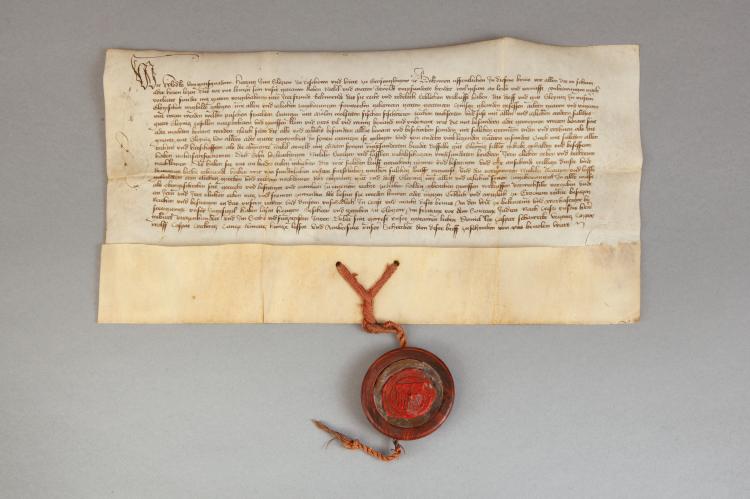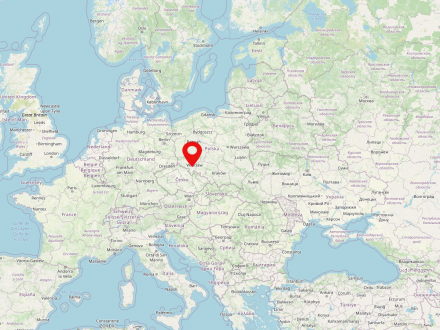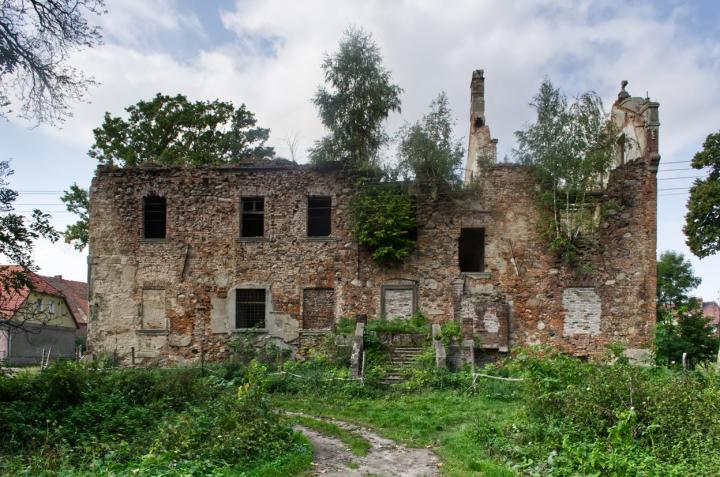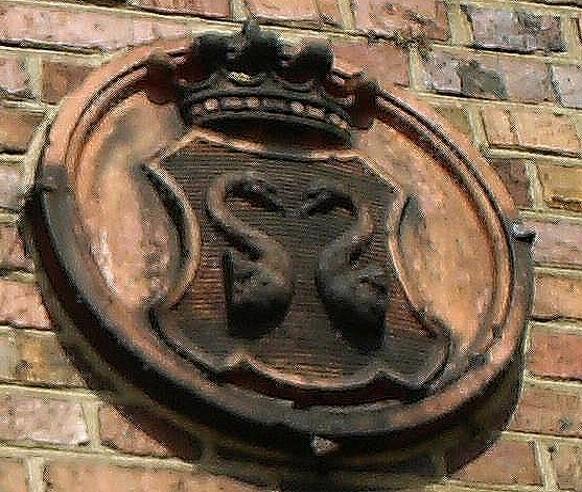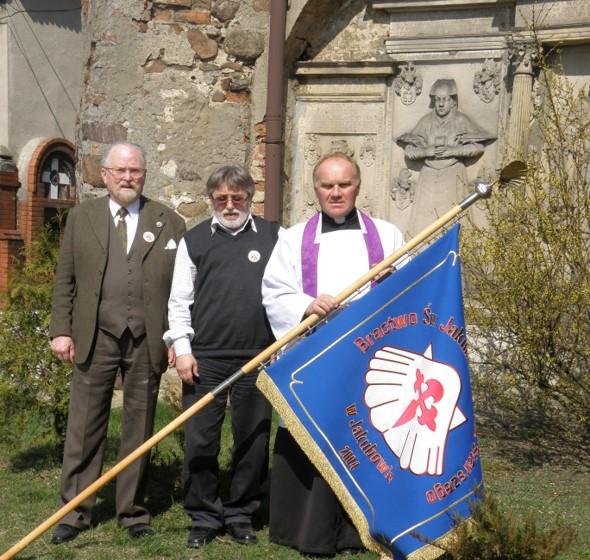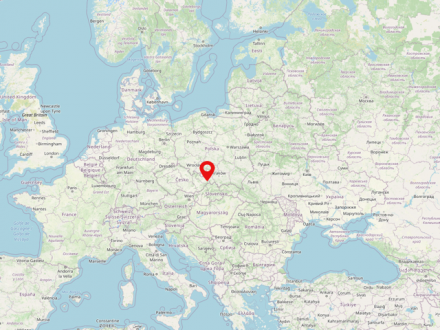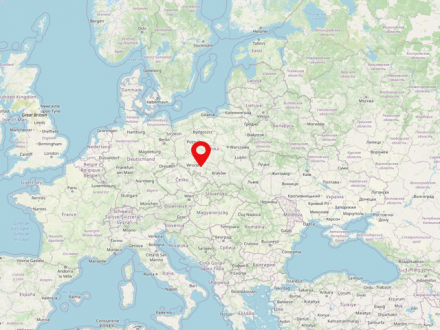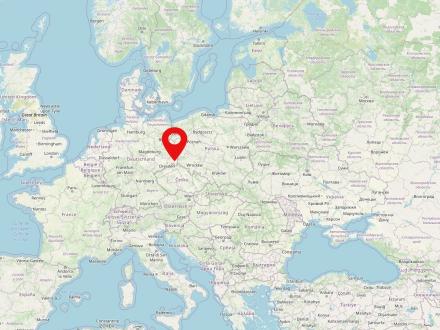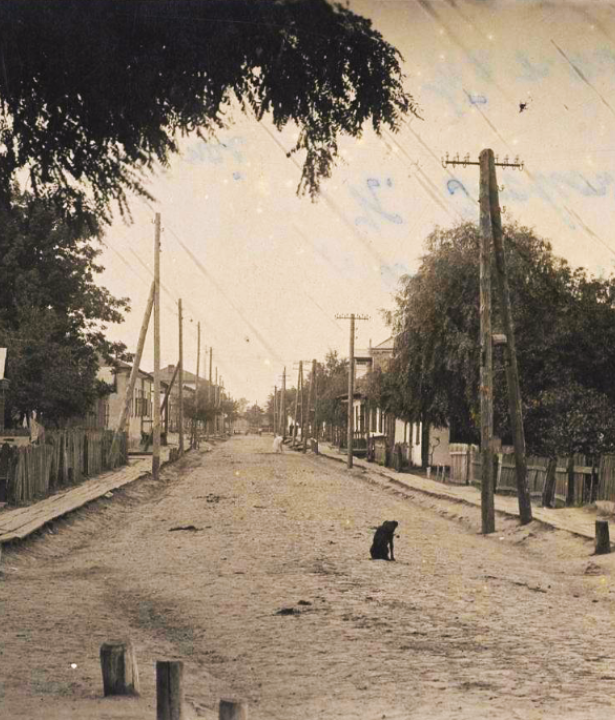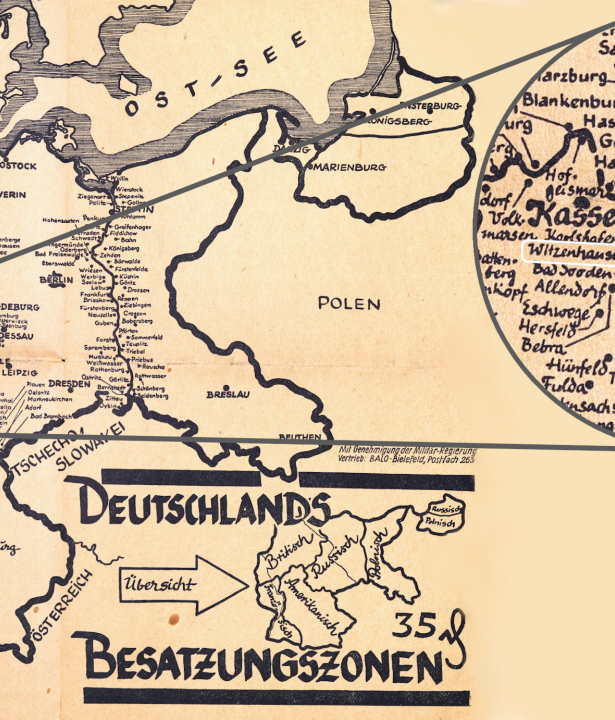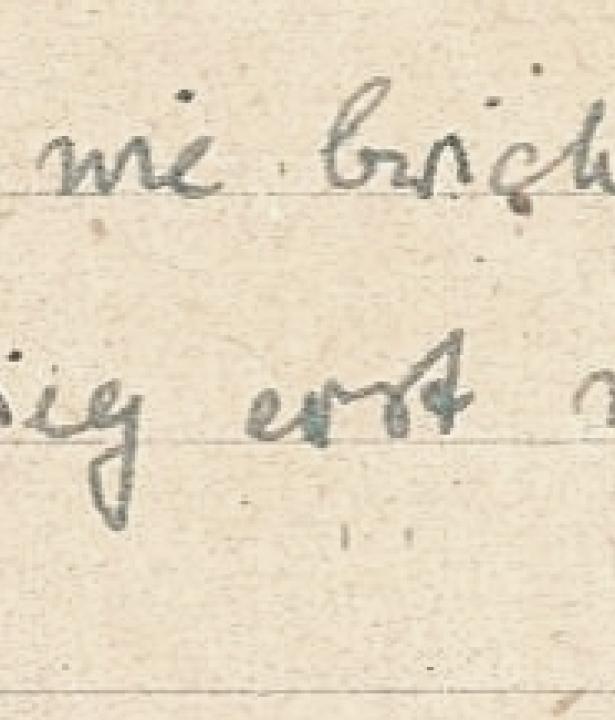Gleinitz is a village inhabited by 140 people in Lower Silesia, a voivodeship in southwestern Poland. The distance from the village to Wroclaw is about 30 km.
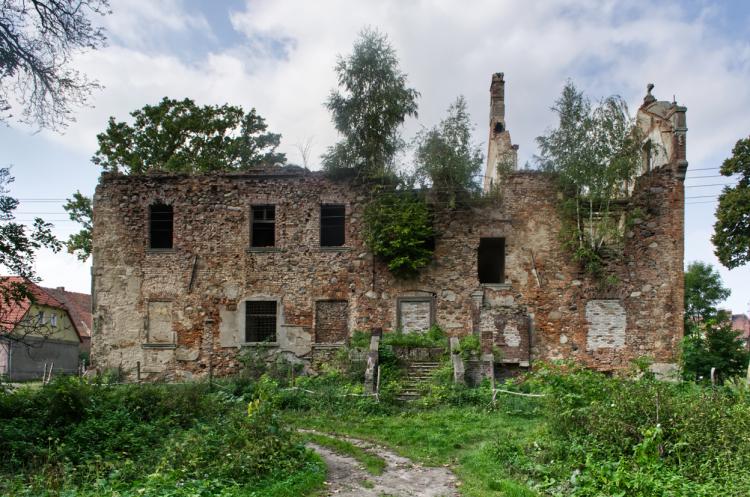
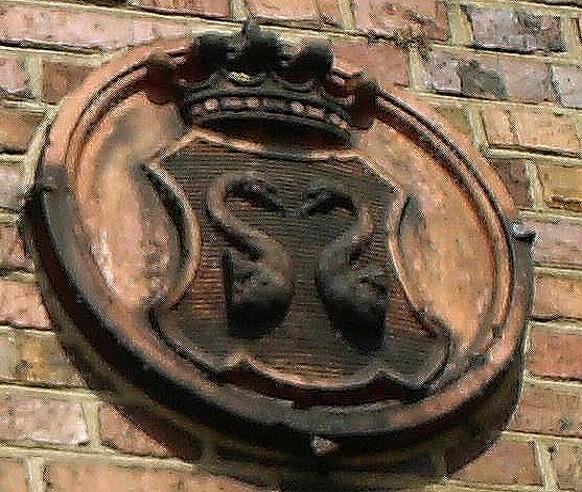
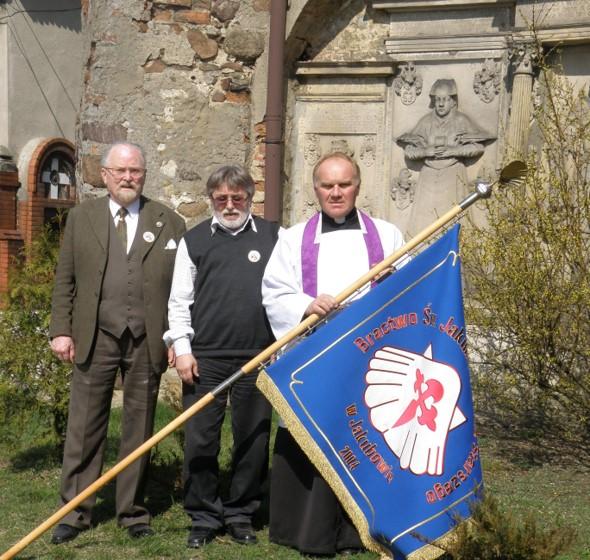
Glogów (Polish Głogów) is a city in western Poland. It is situated in the Lower Silesia Voivodeship (Polish dolnośląskie) and is inhabited by just under 67,000 people. Glogau is situated about 100 km north of the capital of Lower Silesia, Wrocław/Breslau.
The Teschen Silesia is a historical landscape in the northeast of the Czech Republic. The landscape lies on the border between the southern Polish Silesian Voivodeship and the northeastern Czech region of Moravskoslezský kraj.
Silesia (Polish: Śląsk, Czech: Slezsko) is a historical landscape, which today is mainly located in the extreme southwest of Poland, but in parts also on the territory of Germany and the Czech Republic. By far the most significant river is the Oder. To the south, Silesia is bordered mainly by the Sudeten and Beskid mountain ranges. Today, almost 8 million people live in Silesia. The largest cities in the region are Wrocław, Opole and Katowice. Before 1945, most of the region was part of Prussia for two hundred years, and before the Silesian Wars (from 1740) it was part of the Habsburg Empire for almost as many years. Silesia is classified into Upper and Lower Silesia.
Upper Lusatia, formerly a margraviate taking its name from neighboring Lower Lusatia, is now a cross-border historical landscape. While most of it belongs to the state of Saxony and a very small part to Brandenburg, about one third, namely the area between the Lusatian Neisse and the Queis (Kwisa in Polish), is Polish. Important cities on the German side are, for example, Bautzen, Zittau and Görlitz, and on the Polish side Zgorzelec, Lubań (Lauban) and Bogatynia (Reichenau).

